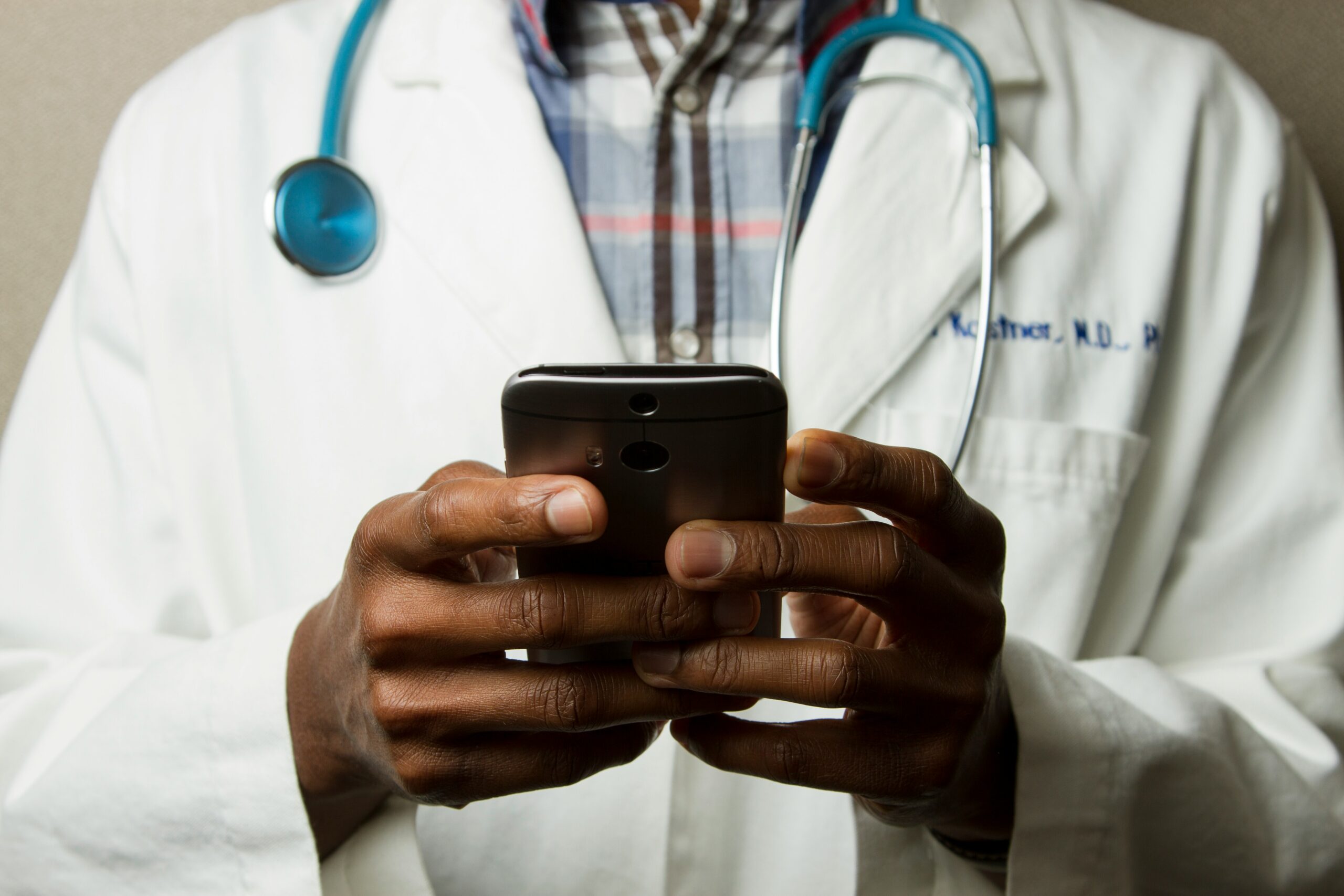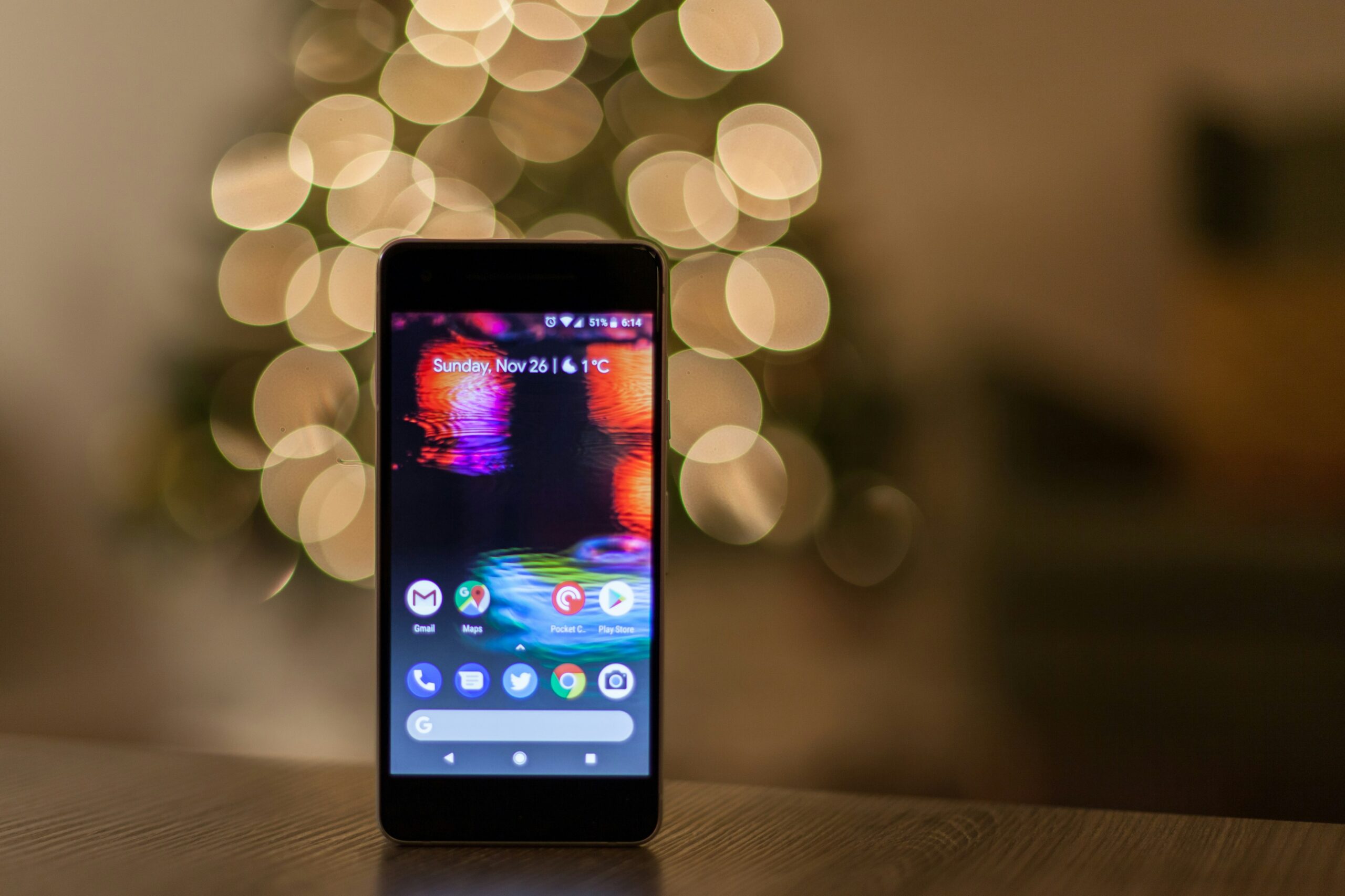In recent years, the healthcare industry has seen a significant shift towards digital solutions. With the rise of smartphones and mobile applications, healthcare apps have become an integral part of patient care and engagement. These apps not only provide convenience and accessibility but also play a crucial role in improving patient outcomes. One of the key factors that contribute to the success of healthcare apps is the user interface (UI) and user experience (UX) design. In this blog post, we will explore the innovative UI/UX trends that are revolutionizing healthcare apps and enhancing patient engagement.
1. Simplified and Intuitive Navigation:
When it comes to healthcare apps, simplicity is key. Users should be able to navigate through the app effortlessly and find the information or features they need without any confusion. Innovative healthcare apps are adopting simplified and intuitive navigation systems that make it easy for patients to access their medical records, schedule appointments, and communicate with healthcare providers. By reducing the number of clicks required and providing clear visual cues, these apps ensure a seamless user experience.
2. Personalization and Customization:
Personalization is a growing trend in healthcare apps. By tailoring the app experience to individual patients, healthcare providers can enhance engagement and improve outcomes. Innovative apps are using AI-driven algorithms to analyze patient data and provide personalized recommendations, reminders, and notifications. This level of customization not only helps patients stay on track with their treatment plans but also creates a sense of ownership and empowerment.
3. Gamification for Health:
Gamification is an effective strategy to engage users and motivate behavior change. Healthcare apps are leveraging gamification techniques to encourage users to adopt healthier habits and adhere to their treatment plans. By incorporating elements such as challenges, rewards, and progress tracking, these apps turn healthcare into a fun and interactive experience. For example, a fitness app may award badges or points for achieving daily step goals, while a medication reminder app may use a virtual pet to remind users to take their medications on time.
4. Integration with Wearable Devices:
Wearable devices have gained immense popularity in recent years, and healthcare apps are capitalizing on this trend. By integrating with wearable devices such as fitness trackers or smartwatches, healthcare apps can provide real-time data on vital signs, physical activity, and sleep patterns. This data can then be used to track progress, monitor health conditions, and provide personalized recommendations. The seamless integration between wearable devices and healthcare apps enhances patient engagement and enables healthcare providers to make data-driven decisions.
5. Telemedicine and Virtual Consultations:
The COVID-19 pandemic has accelerated the adoption of telemedicine and virtual consultations. Healthcare apps are incorporating video calling and messaging features to facilitate remote communication between patients and healthcare providers. This not only reduces the need for in-person visits but also improves access to healthcare, especially for patients in rural or underserved areas. Innovative UI/UX designs ensure a user-friendly telemedicine experience, with features such as appointment scheduling, secure messaging, and virtual waiting rooms.
6. Enhanced Data Security and Privacy:
As healthcare apps collect and store sensitive patient information, data security and privacy are of utmost importance. Innovative apps prioritize data encryption, secure authentication, and compliance with privacy regulations such as HIPAA. Transparent privacy policies and user consent mechanisms build trust and confidence among patients, encouraging them to actively engage with the app and share their health information.
In conclusion, UI/UX innovations are revolutionizing healthcare apps and transforming the way patients engage with their healthcare providers. Simplified navigation, personalization, gamification, integration with wearable devices, telemedicine features, and enhanced data security are just a few of the trends shaping the future of healthcare apps. By prioritizing user experience and leveraging innovative design strategies, healthcare apps have the potential to improve patient engagement, enhance outcomes, and ultimately revolutionize healthcare delivery.











Leave a Reply